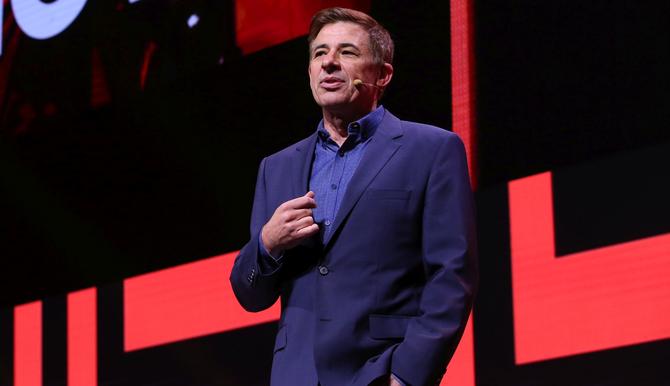
How Lenovo is making the switch from product to customer centricity
How Lenovo is making the switch from product to customer centricity https://csuiteold.c-suitenetwork.com/wp-content/uploads/2018/03/how-lenovo-is-making-the-switch-from-product-to-customer-centricity.jpg 670 386 C-Suite Network https://csuiteold.c-suitenetwork.com/wp-content/uploads/2018/03/how-lenovo-is-making-the-switch-from-product-to-customer-centricity.jpg
Much has been written about consumers’ desires for better experiences from the brands they interact with. But what do you do when being a product company is hardwired into your corporate DNA?
If you’re Chinese-American technology maker, Lenovo, you change your DNA.
Leading that change is Lenovo’s Australian-born CMO, David Roman. An eight-year veteran of the business, Roman has been working for the past two years with other senior leaders to reconsider all aspects of the company’s relationships with its customer – before, during and after the purchase process.
What’s critical is embracing a concept Roman readily concedes is a cliché but nonetheless vital to Lenovo’s transformation: Becoming a customer-centric company.
“Everybody always says they want to be focused on customers,” he tells CMO. “But for technology companies, our bias is towards the actual devices we create. We are very cognisant of what people do with them, but the lens is our products.
“We are really trying to reverse that mindset and say, ‘let’s understand these groupings of customers we service, understand what drives them, what they’re interested in, what sort of experience they want’. And then see how we provide that experience through the technology that we have.”
Reorganising the team
Rather than being organised around product groups, the company has reorganised around business groups focused on customer segments, and within those segments, have multiple categories of products. Lenovo is also thinking beyond the devices it makes to consider surrounding services making up the experience, including training, support and bundled services, right through to user interfaces, and even how the products actually start up.
“All those different elements go to make up that experience,” Roman says. “So we now look much more holistically at that whole experience. We look at what customers really value and why they prioritise. We look at where we are deficient, and where we have to focus more on being different.
“There is nothing like the reality check of looking at your product and solution from the perspective of the customer using it. It actually helps us produce a much better, more polished solution that…

![[Exclusive] Samsung close to developing 5G phone: SKT CTO](https://csuiteold.c-suitenetwork.com/wp-content/uploads/2021/12/CTA-btn-5c-300x127.jpeg)
![[Exclusive] Samsung close to developing 5G phone: SKT CTO](https://csuiteold.c-suitenetwork.com/wp-content/uploads/2022/02/CTA-btn-5c-white-300x127.jpeg)



